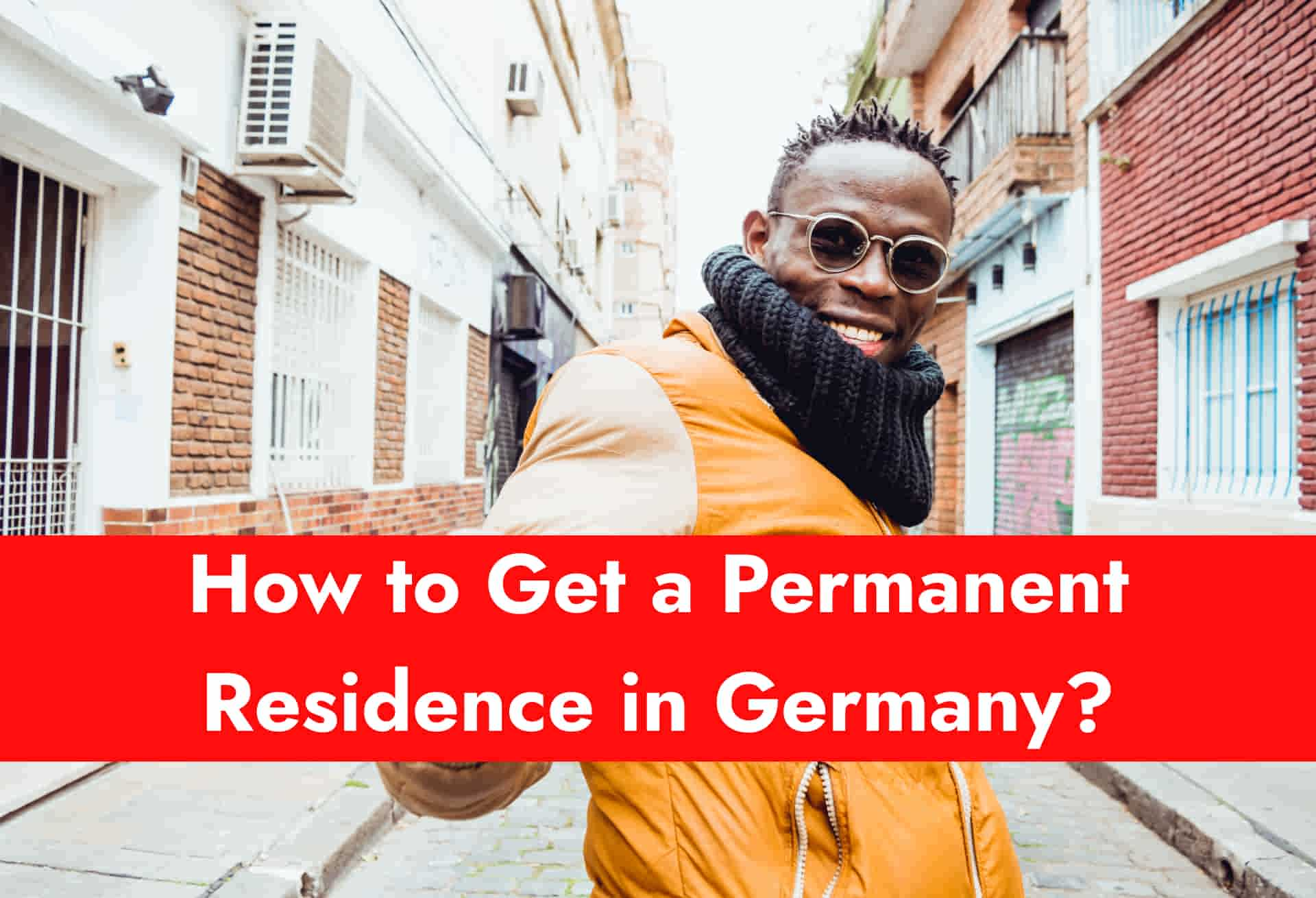
Germany, right in the middle of Europe is full of cool stuff. From vast, level areas in the north to magnificent mountains in the south, Germany has it all. The site is incredible when the sun is out, despite the jokes about it pouring a lot. In Germany, each season is like exploring a completely new universe with unique hues, moods, and exciting activities. Seeing the diverse seasons of Germany is more like live magic. With that said let’s delve into each season of Germany and explore what you can do during each.
Seasons of Germany
The four beautifully diverse seasons of Germany are Spring, Summer, Autumn and Winter. Let’s explore each of these seasons in detail.
Spring Season in Germany
Spring in Germany is really pretty, like a picture coming to life. It starts in March when it’s still a bit cool, around 7°C (44°F), but nice. Everything starts to change – wildflowers pop up all over, and trees get their green leaves back.
Spring Festivals in Germany
1. Frühlingsfest
This fest is similar to the more famous Oktoberfest and is celebrated in Munich, Stuttgart, and other locations throughout Germany. Frühlingsfest is held in April or May on a smaller scale and with a springtime theme. You can expect amusement rides, delicious food and beer, and a festive atmosphere.
2. Easter Markets
Easter markets are held in towns and cities throughout Germany. This fun-filled tradition in Germany is a whole vibe with colorful decorations, traditional crafts, delicious food and drinks, and, of course, easter eggs. Held in the weeks leading up to Easter Sunday (usually in March or April)
3. Spargel Festivals
Germans are so obsessed with white asparagus (spargel) that they even host a festival to honor this popular spring vegetable. Expect to find a wide range of asparagus dishes, from classic to inventive, as well as local wines and beers. Celebrated primarily in western Germany, especially in the Lower Rhine and North Rhine-Westphalia regions throughout asparagus season, which typically runs from April to June.
4. Bonn Cherry Blossom Festival

This is a stunning celebration of the cherry blossoms that turn the Bonn city into a pink sea. The Bonn Festival, held in April, is all about traditional Japanese cultural events, cuisine, and entertainment.
5. Walpurgis Night
This is a pagan festival with bonfires and folk rituals, usually held on the April 30th. Walpurgis night is celebrated throughout Germany, particularly in the Harz Mountains region.
Travel Spots and Tips
- Go for a walk or bike ride in the Black Forest
- Or take a boat trip on the Rhine River.
- View Rügen in the Baltic Sea to bask in some sun.
- Thought it gets warmer in spring, it’s wise to carry some warm clothes.
- The weather in Germany is unpredictable, so packing an umbrella is handy.
- As Easter is a big deal in Germany, it might get pretty busy around this time.
Summer Season in Germany
Summer in Germany is all about bright days, long evenings, and taking advantage of the beautiful weather. June begins with comfortable temperatures around 20°C (68°F), which gradually increase during the season. The entire landscape changes—think lush green forests, beautiful flower gardens, and everyone reveling in the sun.
Summer Festivals in Germany:
1. Oktoberfest

This is a world-famous beer festival that’s held two-week in a row. The festival includes live performances, funfair rides, an agricultural fair, horse racing, and the well-known beer tents. Beer is perhaps the most famous aspect of Oktoberfest. In fact, each year, over 7.5 million gallons of beer are consumed at the Munich Oktoberfest.
Dates: Officially begins in late July
Location: Munich
2. Carnival of Cultures (Karneval der Kulturen)
A lively celebration of diversity featuring a street procession and international music.
Dates: At the beginning of summer, around the Pentecost weekend
Location: Berlin
3. Kieler Woche (Kiel Week)
Kiel hosts the world’s largest sailing event, featuring sailing regattas, live music, ship parades, and cultural festivals.
Dates: During the last week in June
Location: Kiel
4. Rock am Ring and Rock im Park
This is a two-rock music festival featuring prominent international bands.
Dates: This year June 7-9 weekend
Location: Nürburgring race track, Zeppelinfeld in Nuremberg
5. Christopher Street Day (CSD) Parades
Celebrate LGBTQ+ pride in several cities, with Berlin and Cologne having the largest parades.
Dates: Second half of July each year
Location: Berlin
Travel Spots and Tips:
- Walk or bike through the Bavarian Alps as the views are amazing. Ever seen those castles around? They look like they’re from a storybook.
- If you want a chill day, the lakes in Mecklenburg-Vorpommern are perfect.
- Into windsurfing? You’ve got to try the beaches at the Baltic and North Seas.
- Just a heads-up, Summer is super busy with tourists in Germany, so it gets crowded. Planning to go to Oktoberfest? Make sure to book your stay and travel early.
- And don’t forget to wear comfy shoes since you’ll be walking a lot.
- Also, pack some sunscreen and a hat because the summer sun can be strong.
Autumn Season in Germany
Autumn in Germany, which normally lasts from September until November, marks a perceptible shift in the air. September can feel like an extension of summer with pleasant temperatures, but as October arrives, you’ll notice the crispness of autumn setting in. Average temperatures range from 10°C to 15°C (50°F to 59°F), decreasing even further in November.
Autumn Festivals in Germany:

- Herbstfest: This fest is basically autumn’s answer to Oktoberfest. Less crowded but just as fun with beer tents and rides.
Dates: It kicks off in late August and runs into September.
Location: Rosenheim
- Pumpkin Festival: This pretty epic fest is all about pumpkins. Giant pumpkins, pumpkin sculptures, pumpkin everything.
Place: Ludwigsburg Palace, near Stuttgart.
Dates: From early September to early November.
- Gäubodenvolksfest: This is more like a mini-Oktoberfest with a local vibe in Straubing. This fest is a big deal too and is celebrated with great beers, traditional German outfits, and, of course, loads of fun
Place: Straubing
Dates: Usually starts in mid-August
- Wurstmarkt is the biggest wine festival in the world. This world-renowned fest is celebrated with hundreds of people gathered around in the spa town of Bad Dürkheim with wine, sausages, and more wine.
Dates: September
Place: Rhineland-Palatinate
- Cannstatter Volksfest: This is a 17-day folk festival, which is also one of the largest folk festivals in the world, with over 4 million visitors each year. It is celebrated with beer tents, a huge fairground, and amazing vibes.
Place: Bad Cannstatt district of Stuttgart
Date: Starts in late September and runs through October.
Also Read: Top 7 Underrated Festivals in Germany
Travel Spots and Tips:
- Hike the Black Forest in autumn when the leaves change color. It’s less crowded, and the views are amazing.
- The Romantic Road from Würzburg to Füssen shows the best of Bavaria.
- Medieval towns look even better with autumn colors, and Neuschwanstein Castle, with its fall hues, is unbeatable.
- Wine lovers need to check out the Mosel Valley.
- Munich makes a great city visit, especially around Oktoberfest in late September. Even after the festival, the city’s parks and beer gardens shine in the autumn sun.
- Dress in layers since German autumns have warm days but cool mornings and evenings.
- If you like taking pictures, bring your camera. The autumn light and scenery offer great photo chances.
- Also, try the seasonal food. Germany does autumn dishes right, with hearty stews, pumpkin recipes, and crispy apple strudel.
Winter Season in Germany

Winter in Germany begins around December and ends around February. Temperatures can fluctuate greatly, but they typically hover around freezing, particularly in January, the coldest month in Germany. In some spots, particularly down south in the Bavarian Alps, temperatures can drop considerably below 0°C.
Winter Festivals in Germany:
- Christmas Markets, which may be found almost anywhere between late November and December. Cities such as Nuremberg, Dresden, and Cologne go all out. It’s all about grabbing a hot mug of Glühwein, eating some gingerbread, and getting into the festive spirit.
- New Year’s Eve, or Silvester as it is known in Germany, is a significant event. Berlin and Munich host some huge parties. Berlin’s Brandenburg Gate celebration? Massive. Fireworks, music—you name it.
- Dresden’s Striezelmarkt is a must-visit for Christmas market aficionados. It’s one of the oldest, beginning in late November. It’s where you go to get a taste of the traditional Christmas atmosphere, particularly their famed stollen.
- The Cologne Carnival is simply insane. It begins in November and really picks up in February. The city transforms into a gigantic street festival, complete with costumes, parades, and plenty of dancing. It’s all about shaking off the winter blues.
- The Berlin International Film Festival, or Berlinale takes place in February. It’s massive, attracting major people and featuring some of the best films from around the world.
- Munich’s Starkbierfest in March is the cool cousin of Oktoberfest. It focuses on strong beer, so if you enjoy that, you’ll be in for a treat. It’s less crowded but just as enjoyable.
Also Read: 5 Places To Visit In the German Winters
Travel Spots and Tips:
- Munich, Dresden, and Nuremberg are excellent cities to visit this season.
- Check out the Christmas markets and purchase artisan ornaments, wine, and roasted nuts.
- The Bavarian Alps are super cool for skiing and snowboarding. The views of the snow-covered mountains are worth the trip in and of themselves, even if you don’t ski.
- Go see the Schloss Neuschwanstein. You’ll definitely shout “Wow” at the towers coated in snow and the woods.
- An additional must-see is Berlin. With so many cafes and museums, the city is teeming with life, and the winter weather is nice. In addition, Brandenburg Gate hosts a magnificent New Year’s Eve event.
- Put on a warm outfit. Your best friend is layers.
Frequently Asked Questions
What are the 4 seasons in German?
- spring (Frühling)
- summer (Sommer)
- fall (Herbst)
- winter(Winter)
What is the coldest month in Germany?
January is usually the coldest month in Germany with temperatures between 37°F- 41°F.
What season is it in Germany?
- Spring – March, April, May
- Summer – June, July, August
- Autumn – September, October, November
- Winter – December to February
what are the seasons in Germany?
spring, summer, fall, winter
Is Germany hot or cold weather?
There are rarely any extended episodes of extreme cold or heat in Germany due to its mild climate.
What is the hottest month in Germany?
The hottest months are often July and August when average temperatures are 17 and 16.9 degrees.




